Search Articles
Browse Content (p. 78)
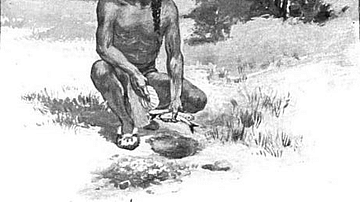
Article
Squanto in the Primary Sources
Squanto (l. c. 1585-1622 CE) is the best-known Native American of the pilgrim narrative, famous for helping the Plymouth Colony survive in 1621 CE. He makes up what scholar Charles C. Mann calls the “uneasy triumvirate” of Native Americans...
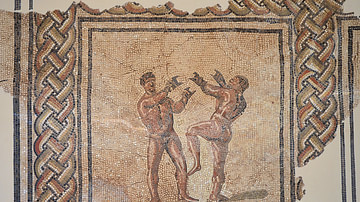
Article
Boxing in the Roman Empire
Boxing is one of the oldest sports in the world that is still practiced today. Included in the original athletic contests of the Olympic Games, pugilism or boxing was well known and loved by the ancient Greeks and Romans. The style used in...
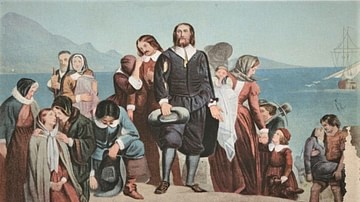
Article
Ten Pilgrim Facts You Need to Know
The story of the pilgrims of Plymouth Colony is well known regarding the basic facts: they sailed on the Mayflower, arrived off the coast of Massachusetts on 11 November 1620, came ashore at Plymouth Rock, half of them died the first winter...

Article
Thanksgiving Day: A Brief History
The United States holiday of Thanksgiving is generally understood to be inspired by the harvest feast celebrated by the citizens of Plymouth Colony (later known as pilgrims) and the Native Americans of the Wampanoag Confederacy in the fall...
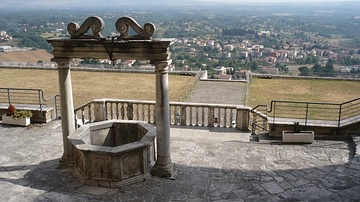
Article
Sanctuary of Fortuna Primigenia at Palestrina
The Sanctuary of Fortuna Primigenia at Palestrina (ancient Praeneste) in Italy was built in the 2nd century BCE to honor the goddess Isis and the goddess Fortuna. The massive site spans a mountainside, built with Roman cement or pozzolana...

Article
Athens in the Hellenistic World
When we think about ancient Athens, it is almost always about the classical city. We think of such things as its numerous monuments (the Parthenon on the Acropolis for example), beautifying everywhere, the Agora swarming with people doing...
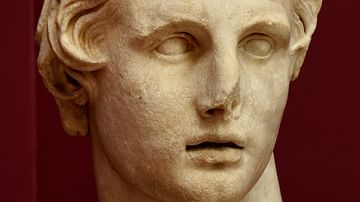
Article
The Hyphasis Mutiny
The so-called Hyphasis Mutiny was a conflict between Alexander the Great (356-323 BCE) and his army following their victory at the river Hydaspes in 326 BCE. Alexander voiced plans for further conquests in the Indian subcontinent, however...
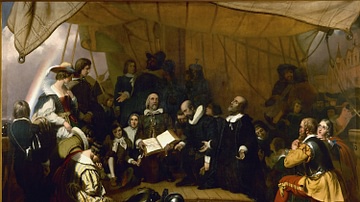
Article
The Loss of the Speedwell & Foundation of Democracy
The Speedwell was the English passenger ship which was supposed to carry the Leiden congregation (later known as pilgrims) to the New World in 1620 CE accompanied by the cargo ship Mayflower. The Speedwell was 43 years old at the time and...

Article
Historical Problems in the Trial(s) & Crucifixion in the Gospels
The story of the trial and crucifixion of Jesus Christ is reenacted every year by Christians all over the world in the Easter liturgy. The story has become an essential article of faith and is rarely questioned by New Testament scholars and...
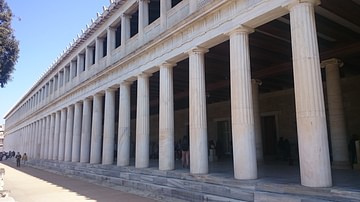
Interview
Interview: American School of Classical Studies at Athens
The American School of Classical Studies in Greece has been running its operations since the 19th century CE, with excavations across the country and an academic program that runs throughout the summer and fall. They are arguably the most...